Home / Albums / Tag Place:France 417

 1490
1490 1790-92c
1790-92c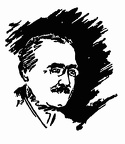 Pierre Mille
Pierre Mille In the Gallery of the Palais-Royal
In the Gallery of the Palais-Royal Little Patriots
Little Patriots Out for a ride
Out for a ride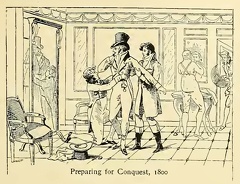 Preparing for conquest
Preparing for conquest An Opera Ball
An Opera Ball Coasack Encampment on the Champs-Elysees
Coasack Encampment on the Champs-Elysees A Public Room at Frascatis
A Public Room at Frascatis A walk in the Tuileries Gardens
A walk in the Tuileries Gardens An official ball in the Strassbourg Theatre
An official ball in the Strassbourg Theatre A check in the Park at Bagatelle
A check in the Park at Bagatelle A gambling hell in the Palais-Royal
A gambling hell in the Palais-Royal A gathering in the Luxembourg Gardens
A gathering in the Luxembourg Gardens 1807
1807 1809
1809 1809
1809 1810
1810 1797
1797 1805
1805 1806
1806 1806
1806 1806
1806 1807
1807 1807
1807 1808
1808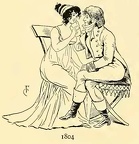 1804
1804 1804
1804 1804
1804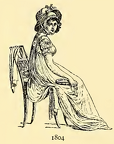 1804
1804 1805
1805 1805
1805 1802
1802 1803
1803 1803
1803 1803
1803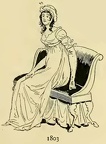 1803
1803 1803
1803 1804
1804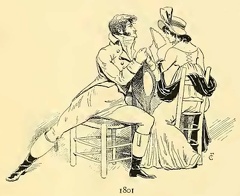 1801
1801 1801
1801 1802
1802 1802
1802 1802
1802 1802
1802 1799
1799 1799
1799 1799
1799 1800 2
1800 2 1800
1800 1801
1801 1798
1798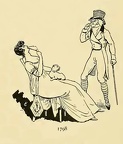 1798
1798 1798
1798 1799
1799 1799
1799 1799
1799 1797
1797 1797
1797



